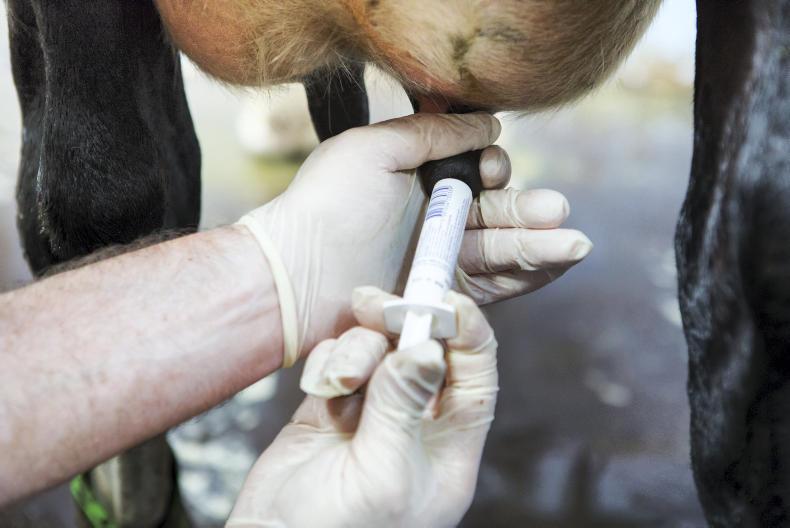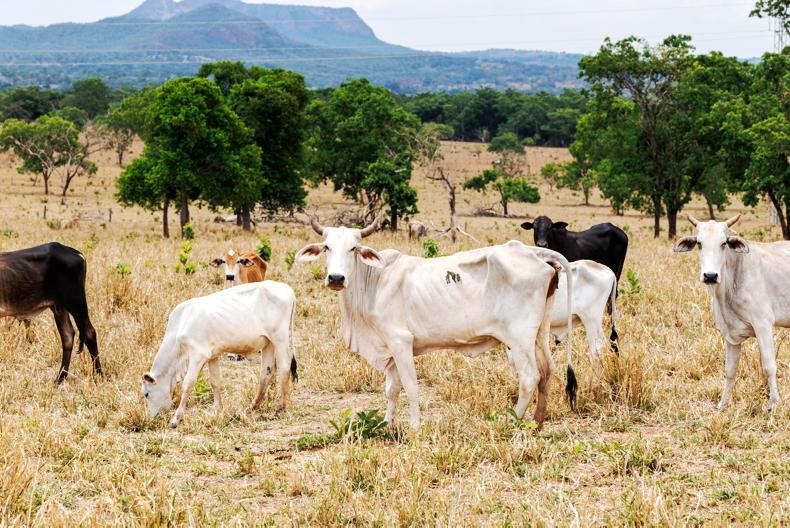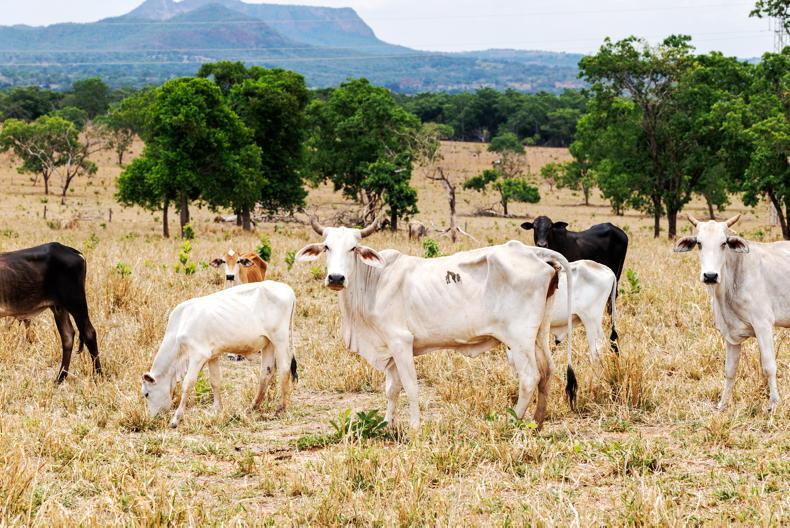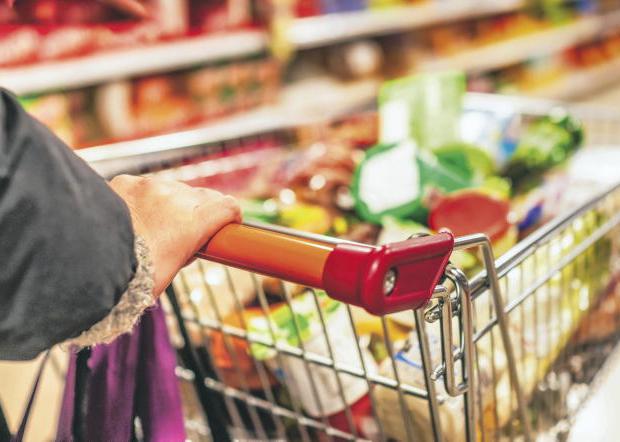Antibiotic resistance is a threat to humans and our farm animals as well. It occurs when bacteria become resistant to the antibiotics we use to treat them. These new bacteria build in numbers and can also share information on how to evade the killing mechanisms of antibiotics with other bacteria.
With bacteria multiplying every 20 minutes, this can lead to huge populations of resistant bacteria.
Apart from these bacteria in ourselves or in the animals we treat, there are billions of other bacteria in the environment all around us.
Although most are harmless, there are also some nasty bugs in the environment.
When we dispose of unused antibiotics or used bottles containing small amounts, we risk further adding to the resistance challenge.
These antibiotics may end up in waterways or domestic waste. These low doses can potentially lead to the development of antibiotic-resistant bacteria in the environment.
Resistant pathogens can then end up in humans or animals where the antibiotics will not work to treat the infections caused by them.
Farmers must ensure they dispose of unused and waste antibiotic bottles properly. They are a hazardous material and must be treated as such. They must not enter our waterways or domestic waste.
Hazardous
While some county councils provide a service for disposal in designated hazardous waste collection facilities, most farmers are advised to return these unused bottles to the prescribers or sellers, which will have a clinical or hazardous waste disposal service.
This can often be at a cost – removing this clinical waste is expensive and it is critical we do it properly.
This is not just about compliance, but about all our health into the future.
It is necessary to protect the antibiotics we use, both on ourselves and in our farming businesses.
It would be great to see a return of the EPA’s Farm Hazardous Waste Collection Scheme which ran as a pilot scheme between 2013 and 2017.










SHARING OPTIONS